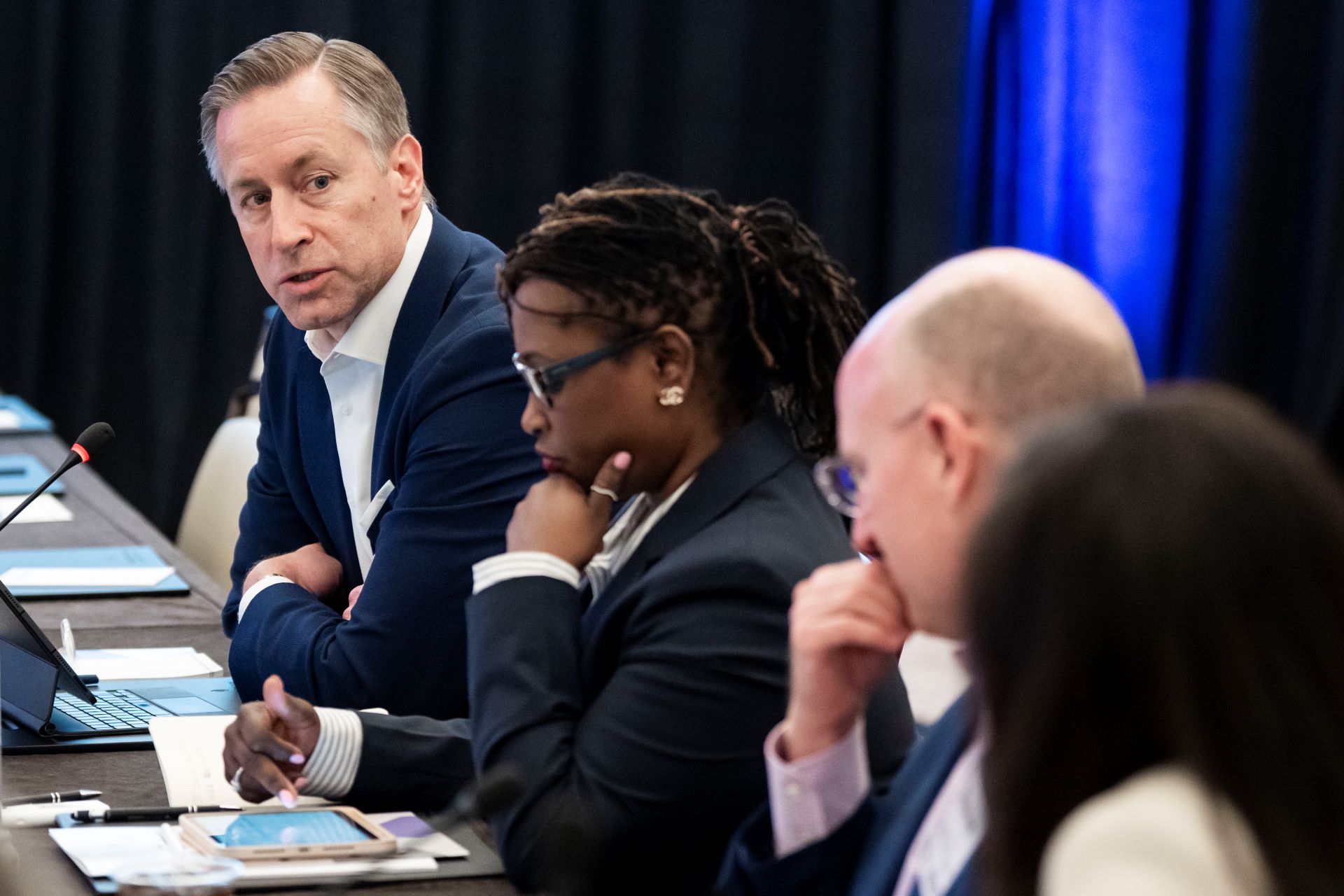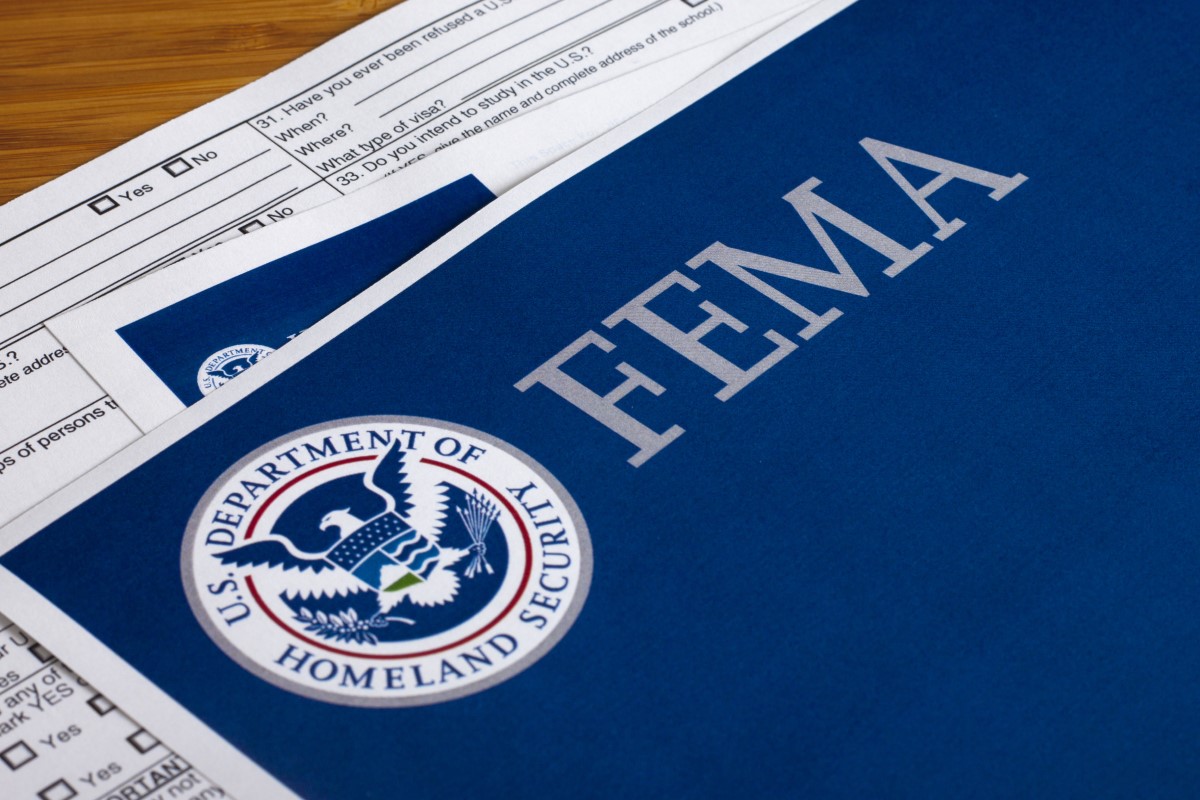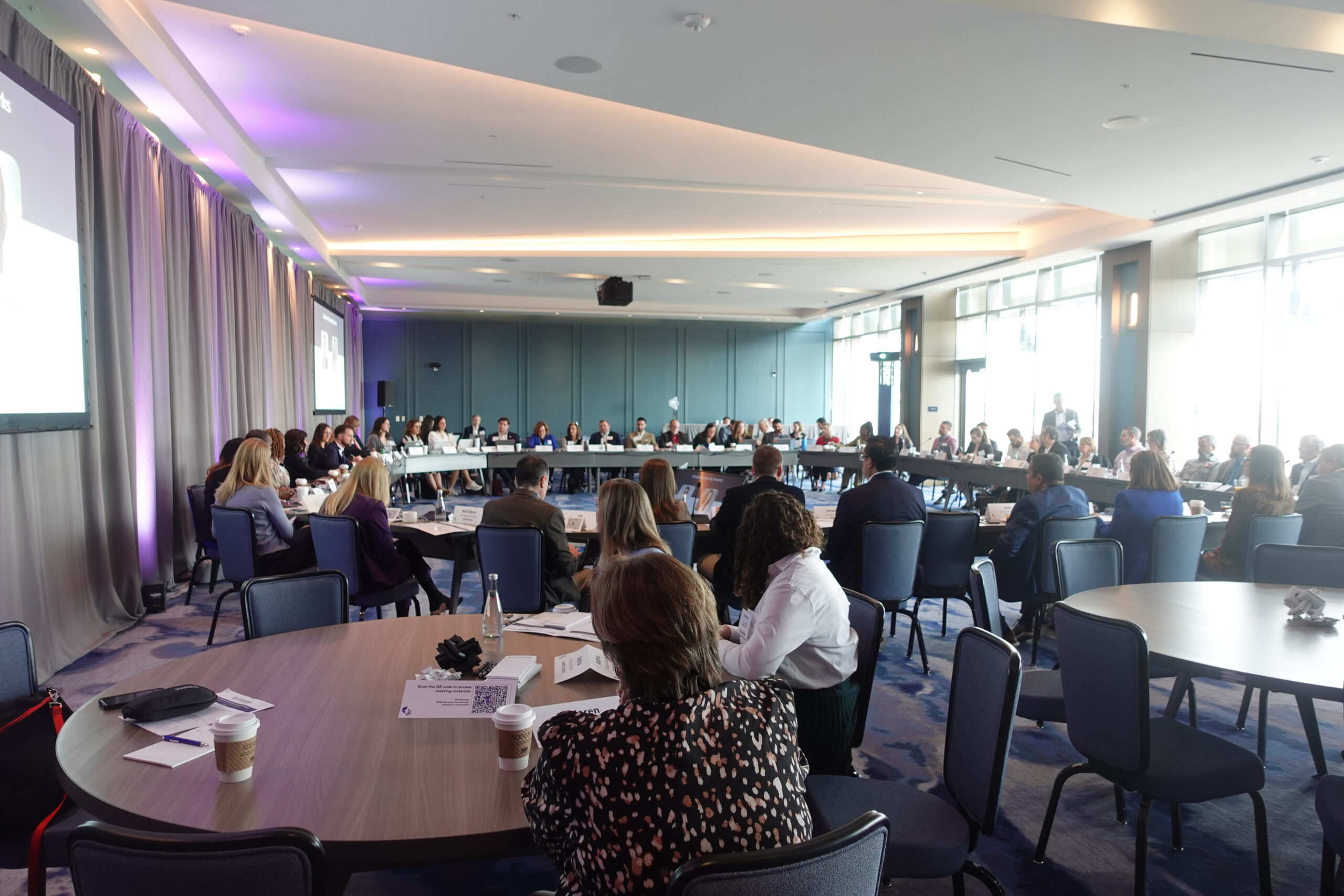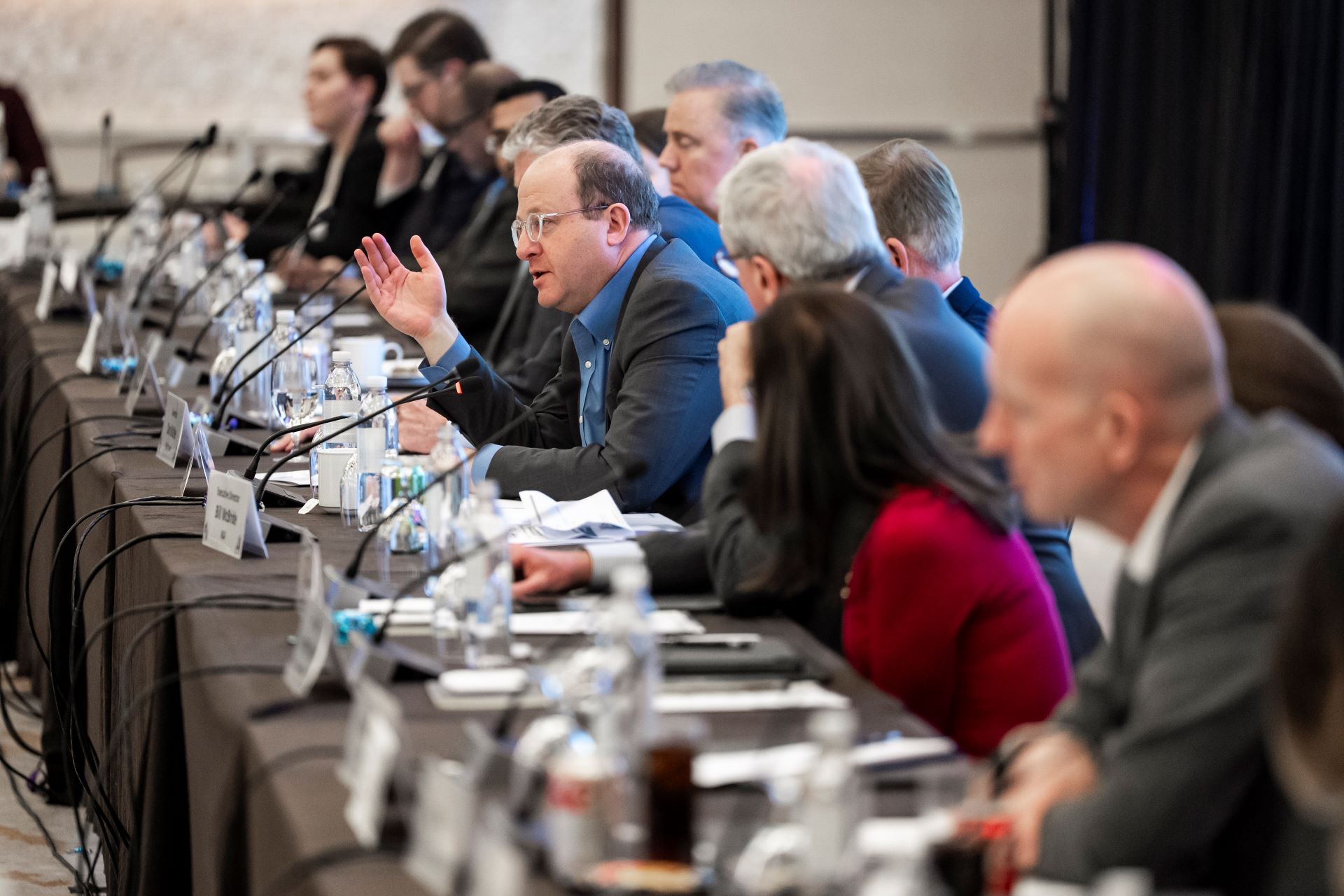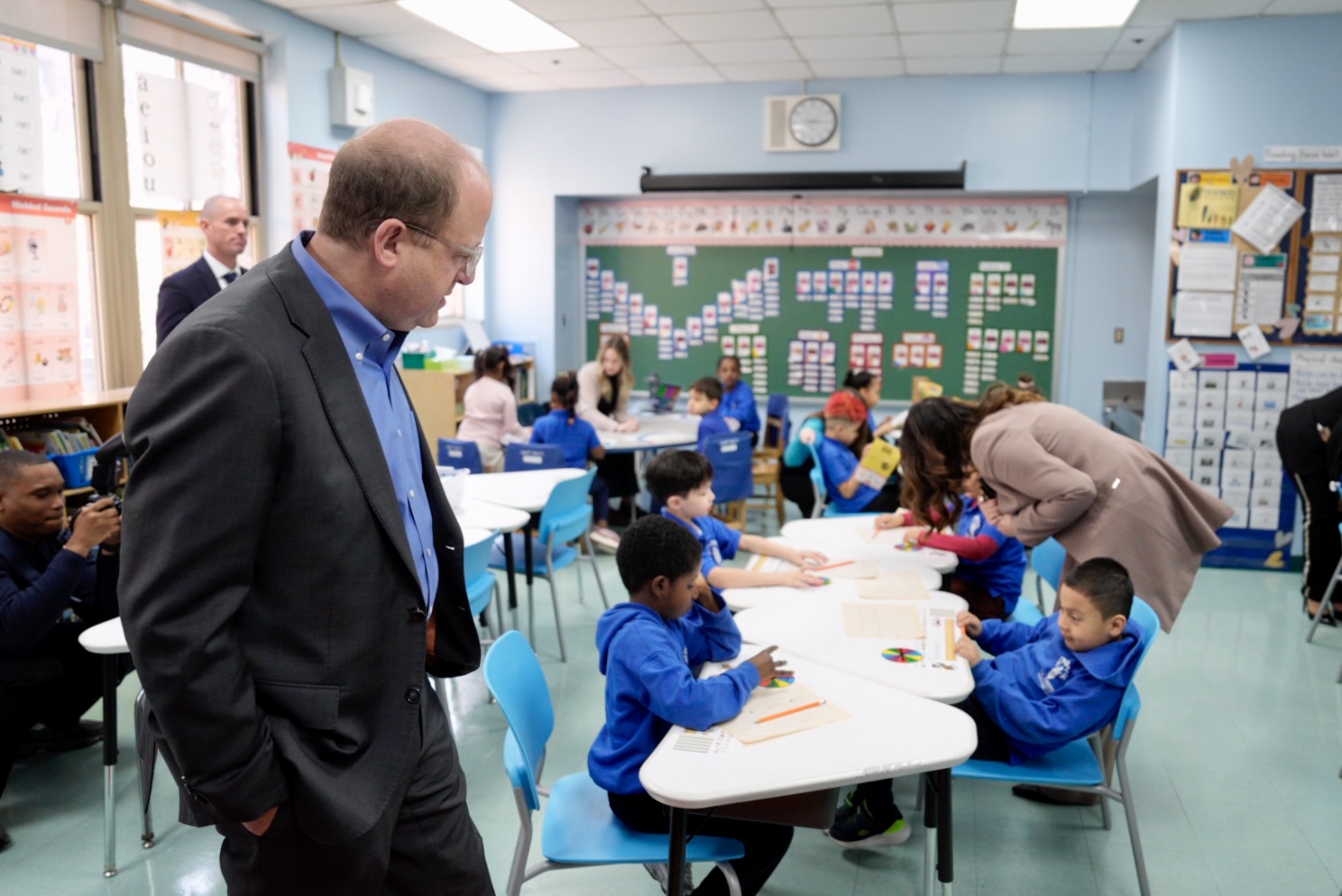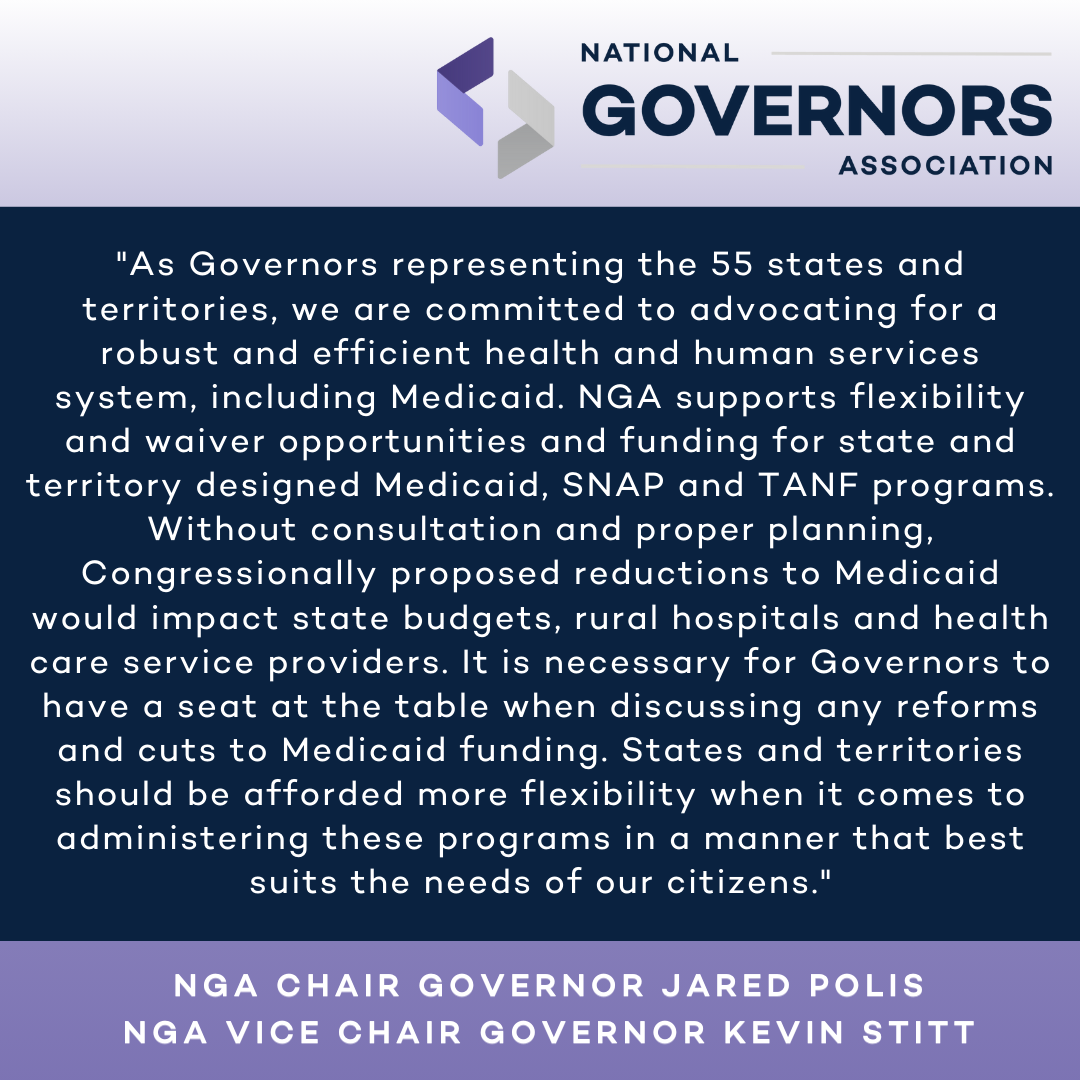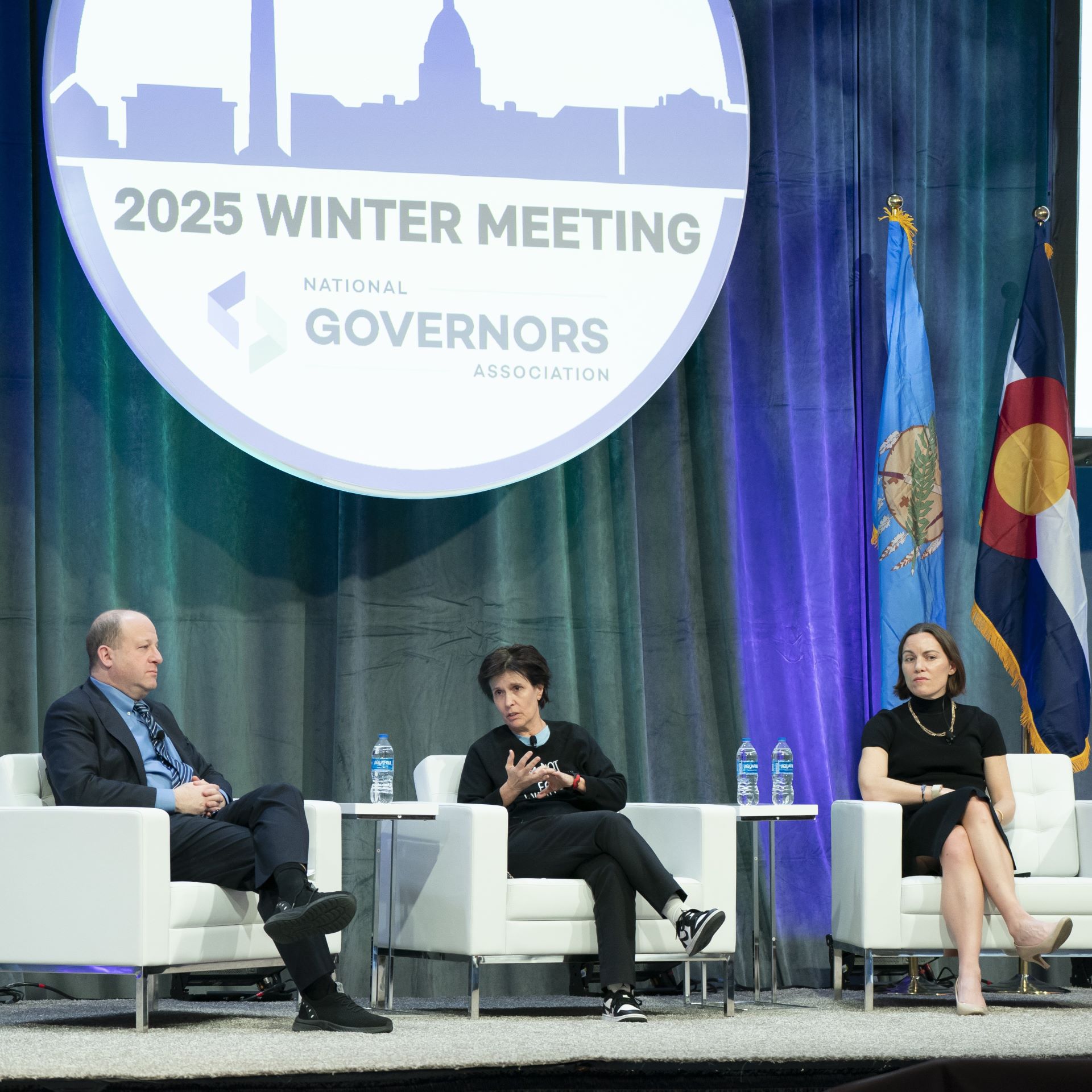These states join several others in the Workforce Innovation Network – a collaborative led by the National Governors Association – to better connect employment seekers to work, education and other resources.
by Governor Kay Ivey and Governor David Ige
At first glance, Alabama and Hawaii would appear to have little in common: Separated by more than 4,000 miles of land and water, our two states have different histories, populations and industries. But a closer look reveals more similarities than are initially apparent. As governors, we have a shared responsibility to adapt to the quickening pace of economic changes sweeping the country and to ensure all people can contribute to a resilient post-COVID-19 economic recovery.
While providing access to lifesaving vaccines and financial relief to individuals and small businesses, it’s easy to forget about the economic changes that have been looming beneath the surface for years – such as an accelerated adoption of emerging technologies that were already leaving some workers behind.
In Alabama, jobs subject to automation such as communications operators, executive assistants and metal fabricators have been disappearing as the state centered its economy on newer industries such as finance, aerospace and health care. And, in Hawaii, jobs in retail, food processing and agriculture have been waning in favor of health care, construction and hospitality.
This is why we are committed to expanding access to reskilling, training and education opportunities to mitigate the pandemic’s long-term economic impacts. It’s also why we were honored to join 8 other states in receiving the inaugural grants from the Workforce Innovation Network – a nonpartisan learning-and-action collaborative led by the bipartisan National Governors Association and supported by the Cognizant U.S. Foundation.
Our two states – along with Arizona, Colorado, Illinois, Maine, Missouri, New Mexico, Nevada and Washington – are using this network to incubate ideas, share knowledge and scale innovations to better connect job seekers to work, education, training and the essential supports many need to succeed.
Having both assumed office as governor years before COVID-19, we were already working to prepare our workforces for a rapidly changing economy.
In Alabama, we established the Governor’s Office of Education and Workforce Transformation to surpass the statewide goal of adding 500,000 credentialed workers to the workforce by 2025. To achieve this, our state leadership team identified specific attainment goals for each segment of our population experiencing barriers to good work, as well as for each geographic region. Alabama’s attainment efforts are focused on individuals with barriers to employment including youth who aged out of foster care, English language learners, individuals with low levels of literacy, unemployed or underemployed Alabamians, and low-income Alabamians.
Alabama also is working with Credential Engine, a national nonprofit organization dedicated to credential data transparency and literacy, to develop a one-stop platform to house longitudinal data, which will operate as a virtual resume, or “student backpack,” to signal to employers the credentials that individuals carry. We also work with employers, higher-education professionals and community leaders to publish credential data to enhance learners’ access to understanding career pathways throughout the state. We are working to develop competency-based career pathways in advanced manufacturing, health care, information technology, construction, transportation, distribution and logistics, and in-demand occupations across all industry sectors.
In Hawaii, we’re focused on assessing statewide digital literacy and training on basic digital skills so that our workforce can meet the skillsets of the digital economy and be more resilient to future labor disruptions. Educators have been empowered to integrate design thinking and coding into middle- and high-school curriculums. Throughout the pandemic, one of the lessons we’ve learned is the need to continue to diversify beyond tourism, so that our children can stay in Hawaii to access well-paying, local jobs. That’s why we’re emphasizing a robust statewide broadband network and reimagining our economy through an initiative we call Hawaii 2.0.
Through the NGA Workforce Innovation Network, our states will continue to develop these strategies and help others replicate our best practices around the country. Alabama will use the network to help launch our Skills-Based Recovery Initiative to expand skills-based hiring practices that open opportunities for more workers, finally breaking the paradigm of shutting out qualified workers who don’t have the sometimes unnecessary degrees listed on job descriptions.
Hawaii will tackle the siloed nature of the various workforce and human services delivery systems by developing a digital one-stop shop focused on user experience. This will help unemployed residents to quickly and easily connect to essential support services, including training programs that will give them the job skills they need for the future. Many of the state’s displaced workers are concentrated in the hospitality industry. We are developing training pathways for workers with a longer-term focus on jobs in the digital economy, health care and those that support Hawaii’s ambitious goals around sustainability, such as climate mitigation, clean energy, clean transportation and local food production.
While our approaches differ in recognition of our states’ unique circumstances and needs, they converge on a common goal: to help workers emerge from these trying times more resilient, more prosperous and better equipped to meet the challenges of the future. Whether you’re in Honolulu or Tuscaloosa, on the Napali Coast or the Gulf Coast, we’re working today to help every American succeed in the economy of tomorrow.
This piece originally appeared in U.S. News and World Report.

